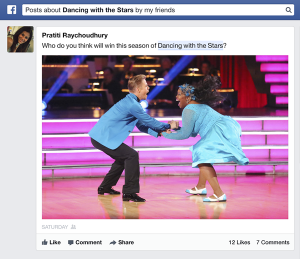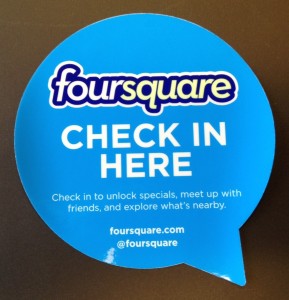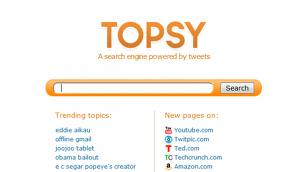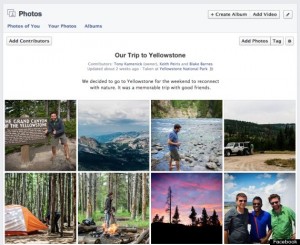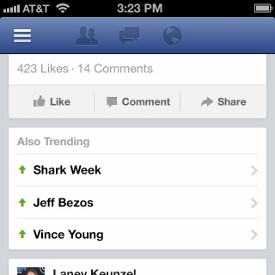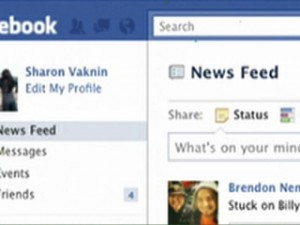Facebook Makes Updates to its Graph Search Function
In Social Bookmarking, Social Media, Social Media News Brief, Social Networking, Web 2.0 | No commentSocial media platforms tend to change and update features and layouts more frequently than almost any other website. Because of the immense competition between the major social networks, this is relatively unsurprising. Facebook recently made headlines with new updates that they have recently launched. Facebook’s announcement that they are making updates to their Graph Search feature has been of particular interest. Essentially, the update to the Graph Search allows for users to search for posts, in addition to people.
When the Graph Search was originally launched, it allowed people to search for friends who lived in certain areas, who worked at certain places, or friends of friends who were single, alongside many other options. These same options are now being extended to public posts and the posts of yourself and your Facebook friends. Graph Search now allows users to search for posts written during a certain year, posted at a certain location, or that talk about a specific topic.
Since Graph Search has been updated to allow users to search through every single check-in, status update, comment, or note that a person has ever posted on Facebook, it is not surprising that some people are worried about privacy, at least in regards to potentially embarrassing or upsetting past posts. Many people have had their Facebook active for more than half a decade, so it’s not too shocking to assume there may be opinions or information posted a long time ago that they don’t want their Facebook friends to easily see.
Luckily, Facebook has added new options to the social network’s privacy functions. Users can easily go into their privacy settings on Facebook and select the ‘Limit Past Posts’ function, which allows users to hide their past posts from being readily available and easily found through Facebook’s updated Graph Search. Though Graph Search was launched for a limited amount of users on Monday, it will be gradually extended to all Facebook users, so new privacy settings are important to know about.


